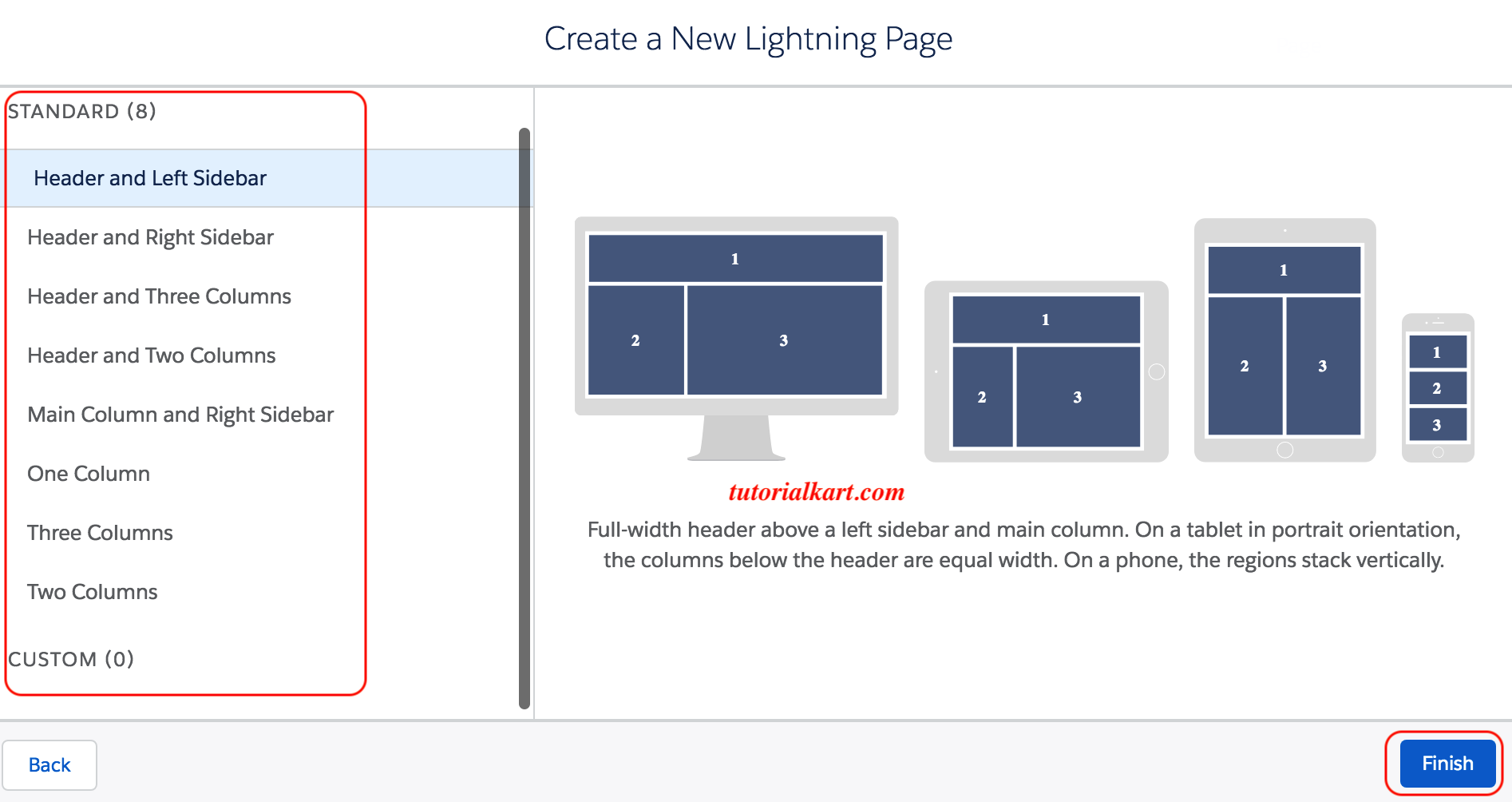
In the case of however, we have several options for pages activation (assignment) in the customer org: Lightning pages are packageable and not subscriber editable.

Beware Lightning Pages are different from standard or classic layouts, which metadata type was Layout. This means that the XML code that represents a Lightning Page that has been created in app builder can be retrieved (for example using workbench or the metadata API directly) and stored in your favorite version control system, or in the other way around, the code can be deployed so that a Lightning Page is created in your org. These are a kind of advanced layouts, that are created and customized in Lightning App builder, and that as almost everything is Salesforce, has an equivalent metadata type, which is FlexiPage. App Pages – to be accessed by tab (or url).Record Pages – to override the record view / edit / new pages.Home Pages – to override an org home page.In this post I want to explain how these pages behave in a managed package environment.Īs of Summer 18 there are three types of pages that can be created:

Lightning Pages are a concept introduced by Salesforce to allow creating and customizing pages in Salesforce with simple drag & drop, for Lightning Experience and Salesforce1.


 0 kommentar(er)
0 kommentar(er)
